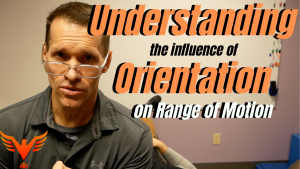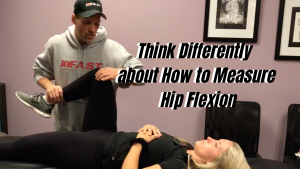Talking about possible influences on hip internal and external rotation. There are plenty of clues in the anatomy. Anatomy texts rarely talk about real, living humans and try to apply dead guy anatomy to movement. It doesn’t work and often creates a limiting, confusing model. Naming muscles external rotators is wrong because as we move, […]
anterior pelvic tilt
Bill Hartman’s Weekly Q & A for The 16% – December 22, 2019
Bill Hartman’s Weekly Q & A for The 16% – December 22, 2019 This week on YouTube: Bill Hartman’s Weekly Q & A for The 16% – December 15, 2019: The IFAST Podcast #7 – The what, why and how of continuing education: https://youtu.be/ltw_swOprj4 Understanding the Influence of Orientation on Range of Motion: https://youtu.be/mpmS5ubWjVw This […]
Understanding the Influence of Orientation on Range of Motion
The orientation of the pelvis and thorax influence the shape of the axial skeleton as well as the position of the glenoid and the acetabulum. This, in turn, influences muscle orientation and action to produce the available range of motion that is available during movement or table tests. In this video, manipulate the Padawan’s position […]
Weekly Update and Q & A for November 24, 2019
I had to miss the Q & A last week because of The Intensive IX, so here are the links to this week’s YouTube videos: The IFAST Podcast #2 – The IFAST Internship: https://youtu.be/kvCH0TtVak8 How to Introduce Rolling into Assessments, Breathing, and Training: https://youtu.be/YNvyF8BSMWA The IFAST Podcast #3 – How We Hire at IFAST (and […]
Think Differently… About How You Measure Hip Flexion
Traditionally, measuring hip flexion range of motion provides only information about how the femur moves in the hip joint. If you think differently, hip flexion provides information about the existence of anterior pelvic tilt, sacral movement, lumbar spine movement, and breathing strategy. This video guides you toward how you can think differently about how to […]




